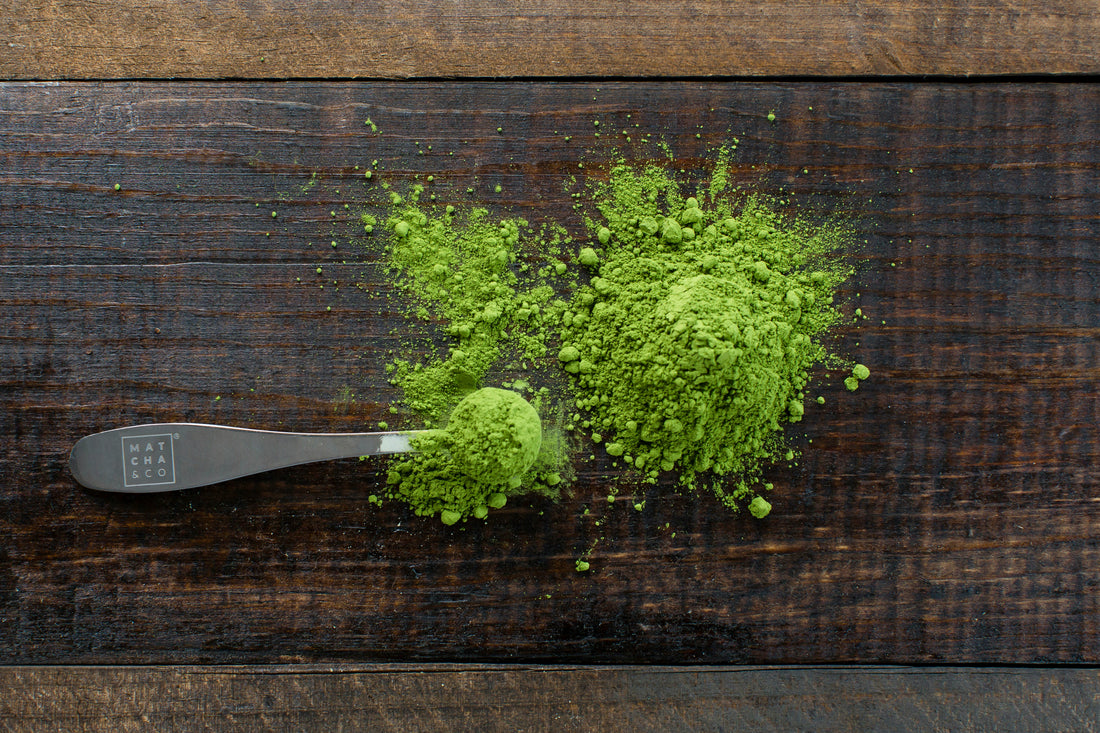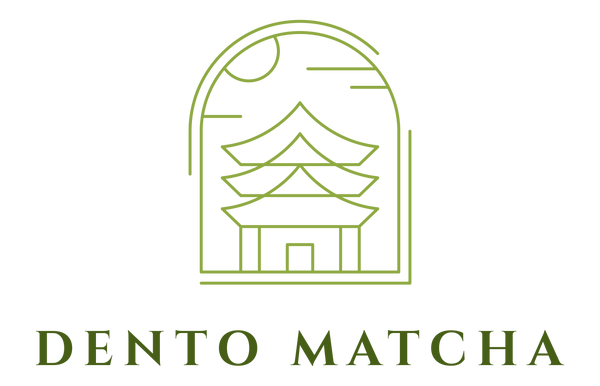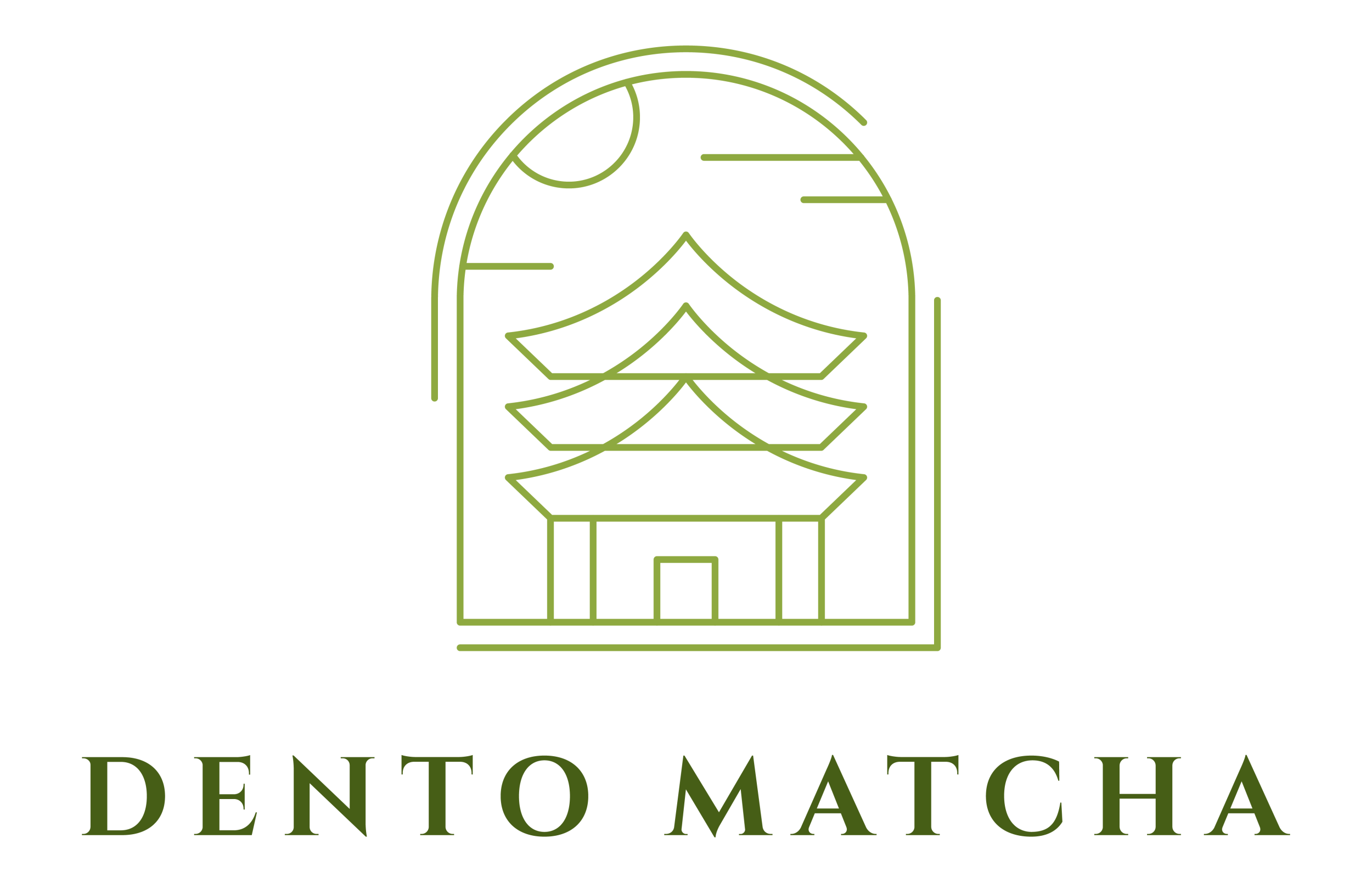
Exploring the Rich History of Matcha: A Journey Through Time
Share
Introduction:
Matcha, the vibrant green powdered tea celebrated for its rich flavor and numerous health benefits, has a history as rich and nuanced as its taste. Originating in ancient China before finding its way to Japan, matcha has evolved over centuries to become a revered part of Japanese culture and a beloved beverage worldwide. Let's delve into the fascinating history of matcha, tracing its roots and the significant milestones that have shaped its journey.
1. Ancient Origins in China:
- Matcha's story begins in China during the Tang Dynasty (618-907 CE), where tea leaves were steamed, dried, and ground into a fine powder.
- The method of grinding tea leaves into powder was first documented in "The Classic of Tea" by Lu Yu, a renowned Chinese tea master, in the 8th century.
- Initially, powdered tea was consumed by Chinese monks and aristocrats for its stimulating and meditative properties.
2. Arrival in Japan:
- Matcha was introduced to Japan by the Japanese Buddhist monk Eisai in the late 12th century, during the Kamakura period.
- Eisai brought back tea seeds and the Zen Buddhist practice of tea cultivation from his travels to China, laying the foundation for Japan's tea culture.
- The cultivation and consumption of matcha became deeply intertwined with Zen Buddhism, influencing Japanese tea ceremonies and philosophy.
3. Development of Japanese Tea Culture:
- Matcha gained popularity among the Japanese aristocracy and samurai warriors during the medieval period, evolving from a luxury item to an integral part of Japanese culture.
- The tea ceremony, or "chanoyu," emerged as a formalized ritual for preparing and serving matcha, emphasizing principles of harmony, respect, purity, and tranquility.
- Influential tea masters such as Sen no Rikyu refined the art of the tea ceremony, shaping its aesthetics and philosophy.
4. Modernization and Globalization:
- The Meiji Restoration in the late 19th century marked a turning point for matcha, as Japan embraced Westernization and modernization.
- Matcha production methods were modernized, leading to increased accessibility and popularity both domestically and internationally.
- In recent years, matcha has experienced a resurgence in popularity worldwide, celebrated for its health benefits, versatility in culinary applications, and unique flavor profile.
Conclusion:
From its humble origins in ancient China to its revered status in Japanese culture and its widespread popularity today, the history of matcha is a testament to the enduring appeal of this vibrant green tea. Across centuries and continents, matcha has captivated tea enthusiasts and inspired a rich tradition of craftsmanship, mindfulness, and appreciation for the simple pleasure of enjoying a cup of tea. As we savor each sip of matcha, we are reminded of the centuries of history and culture encapsulated within this humble green powder.

